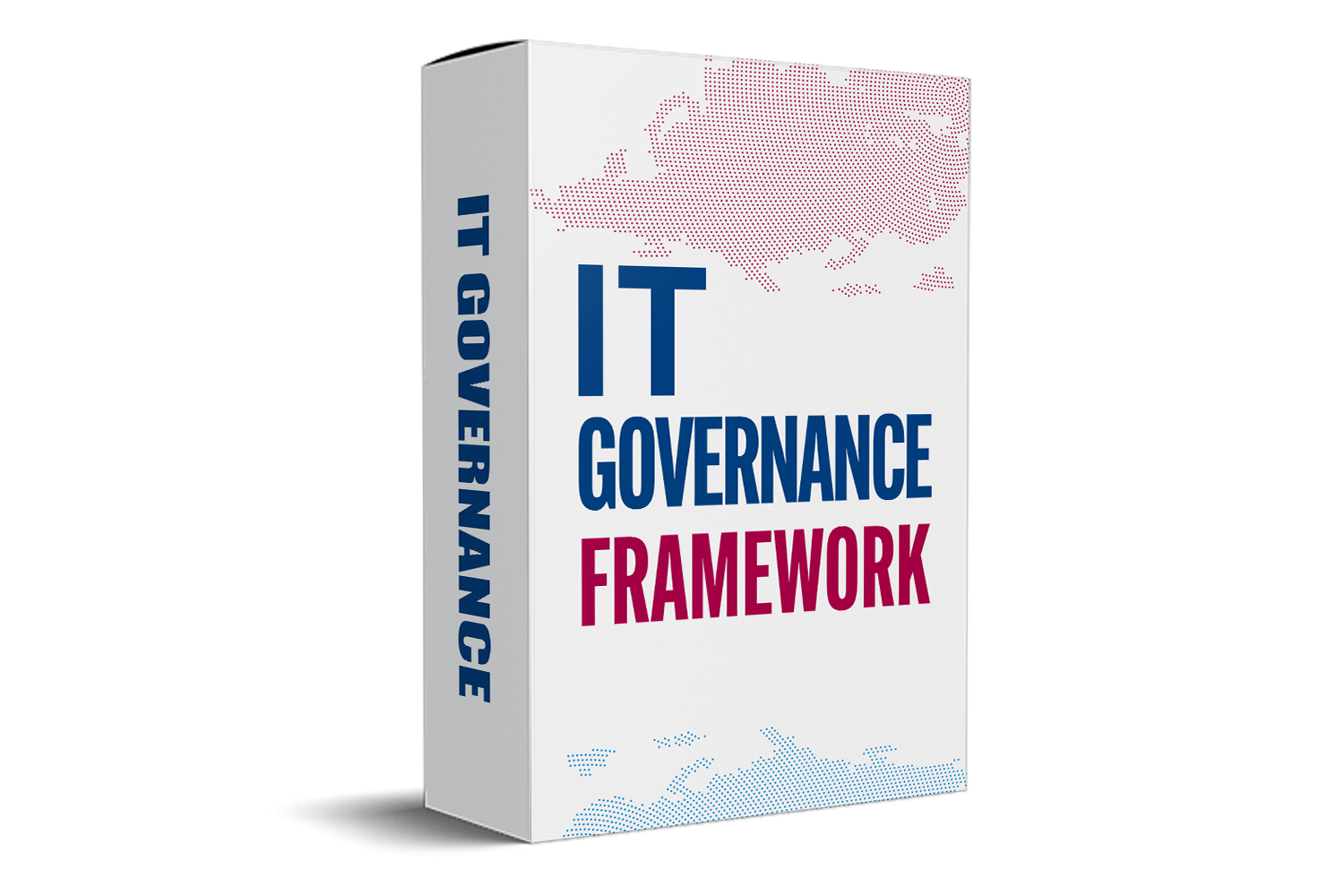Internal Audit Scope of Work Template: A Comprehensive Guide to Effective Audit Planning
Ensuring your internal audit is thorough and focused starts with a clear scope. A well-defined audit scope helps you allocate resources properly, reduce risks, and boost compliance. When organizational environments grow more complex, and regulations get stricter, having a solid scope template becomes more important than ever.
Understanding the Internal Audit Scope of Work
Definition and Purpose
An internal audit scope of work outlines what the audit will cover, why it matters, and how it will be done. Think of it as the blueprint that guides your entire audit process. When this scope is clear, your audits become more consistent, raising confidence among stakeholders. It makes sure everyone knows what to expect — from the team performing the audit to the managers receiving the reports.
Benefits of a Standardized Scope Template
Using a standard scope template makes planning smoother and work more consistent. It saves time by giving your teams a ready-made structure. Plus, a good scope helps ensure every critical area gets attention and nothing important gets missed. It also makes communication with stakeholders easier — everyone understands what’s included and what’s not.
Regulatory and Organizational Considerations
Your scope must comply with laws like SOX or GDPR. These regulations set rules on how financial data or personal info should be handled. At the same time, your scope should fit your company’s risk appetite and strategic goals. This alignment makes sure the audit adds value and supports your organization’s mission.
Components of an Internal Audit Scope of Work Template
Audit Objectives
Start by setting clear goals. What do you want to achieve? For example, you might aim to check if financial controls follow company policies. Setting measurable goals helps you stay focused and determine if the audit was successful.
Audit Criteria and Standards
Outline the rules and benchmarks that guide your audit. Common standards include the COSO framework for internal controls or ISO standards for quality. Including relevant rules — especially regulatory ones — shows you’re on track and coverage is complete.
Audit Areas and Focus
Specify which departments, processes, or functions will be checked. Prioritize areas with a high risk of problems, like cash handling or data security. Doing this helps you use your resources wisely and address the most critical issues first.
Resources and Timeline
Identify what skills your team needs and what tools will be used. Set realistic deadlines for each part of the process. Clear timelines keep the audit on schedule and prevent last-minute rushes.
Audit Methodology and Procedures
Describe how the work will be done. Will you interview staff, review documents, or analyze data samples? Documenting procedures ensures consistency and makes the process transparent for everyone involved.
Deliverables and Reporting
Clarify what reports, findings, and recommendations are expected. Will there be a final report, a presentation, or follow-up reviews? Define how often updates should be provided. Clear deliverables help manage expectations.
Best Practices for Developing an Effective Scope of Work Template
Alignment with Organizational Goals and Risks
Start with a risk assessment. Understand where vulnerabilities lie, and tailor your scope accordingly. Many organizations use an audit universe, a list of all potential audit areas, to spot where the biggest risks are.
Customization and Flexibility
Don’t stick with a one-size-fits-all template. Adjust it for different types of audits — whether financial, operational, or IT. Be ready to update the scope if initial findings point to new areas needing attention.
Stakeholder Engagement
Talk to managers and key staff while creating your scope. Their insights can help fine-tune focus areas, and involving them builds support for your work. It turns the audit into a collaborative effort.
Incorporating Regulatory Compliance
Add specific regulatory requirements into your scope. Keep the template up-to-date so it reflects any changes in laws or standards. This vigilance helps avoid compliance pitfalls.
Documentation and Version Control
Keep track of all scope versions. This way you can see how your plan evolves and ensure everyone’s working with the latest information. Good documentation boosts transparency and accountability.
Implementing and Using the Scope of Work Template
Training and Communication
Make sure your audit team understands how to use the template. Share it with stakeholders to set expectations. Clear communication minimizes surprises and misunderstandings.
Integrating with Audit Planning Processes
Link your scope document with your overall audit plan. Use it as part of your schedule and as a checklist during fieldwork. This keeps your work organized and on track.
Monitoring and Updating the Scope
Be flexible during the audit. If new risks emerge or initial findings suggest a different focus, update the scope. Record these changes for a clear audit trail and future learning.
Case Study: Successful Implementation of a Scope Template
Imagine a mid-sized company that introduced a structured scope template for all internal audits. They saw a 20% increase in audit efficiency and better stakeholder satisfaction. The clarity about what was covered reduced misunderstandings and improved outcomes.
Conclusion :
A comprehensive, flexible internal audit scope of work template is the foundation for effective audits. It helps your team focus on the right areas, ensures compliance, and builds stakeholder trust. Keep refining your template to match your organization’s goals and risks. Regular updates keep your audits sharp and relevant. Remember, a well-crafted scope isn’t just a document — it’s your roadmap to smarter, more impactful internal audits.



